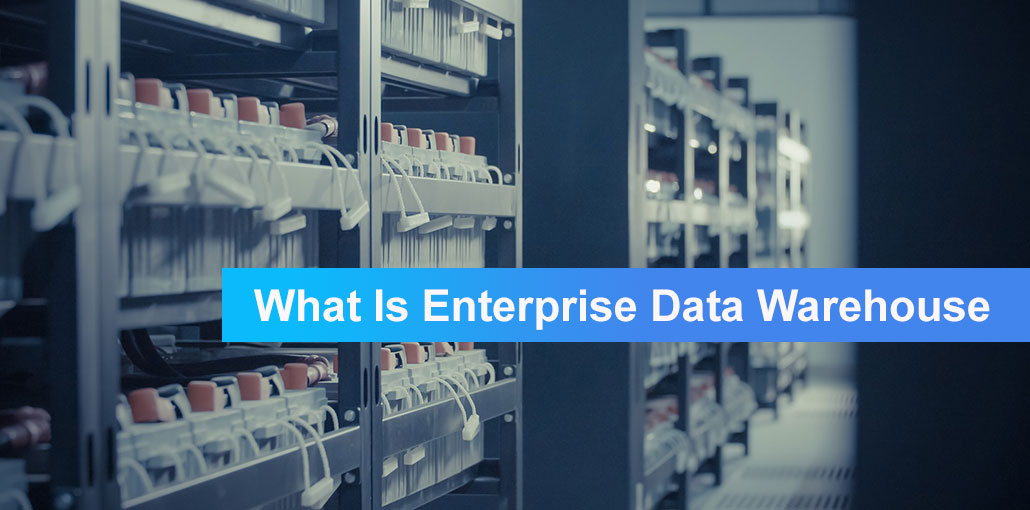What Is Enterprise Data Warehouse?
An enterprise data warehouse (EDW), is a relational warehouse that stores a company’s business information, as well as customer information. An EDW allows data warehouse analytics to be performed, which can lead to actionable insights. EDWs are data warehouses that collect data from multiple sources. They act as a repository for all or most organizational data, allowing users to access it easily and enabling analysis.
Data Warehouse vs Enterprise Data Warehouse
An EDW is different from a data warehouse because it uses semantics. An EDW is a data repository that stores all data from across an organization. A smaller data warehouse might be dedicated to a specific business line or department (like a data mart). An EDW, on the other hand, is intended to be one repository for all data within an organization.
Also read: Top 10 Cloud Data Warehouse Solution Platforms
Components of A Enterprise Data Warehouse
An EDW typically consists of:
- Data sources for operational and transactional systems (ERP CRM, finance apps, and IoT devices)
- A staging area for data cleaning and data aggregation
- Access space or presentation where data can be made available for analytics (querying and reporting), sharing, and sharing
- There are many data tool integrations (or APIs) available. These include BI software, ingestion, ETL tools, and others.
Benefits of A Enterprise Data Warehouse
An EDW is a central repository for all data of an organization. It provides greater availability and accessibility of meaningful, contextual cross-organizational data. This allows for better holistic insights and more informed decision-making. This means quicker time to market, better return-on-investment (ROI), and more company growth.
5 Business Needs Require A Enterprise Data Warehouse
Data-driven insights can be used to benefit nearly every department in a company. These are just a few of the business needs EDWs address.
1. Access to real-time data in real-time for action
EDWs make data viewable and actionable in real-time by favoring an extract-load-transform (ELT) approach over the once common extract-transform-load (ETL) paradigm, in which data was cleansed, transformed, or enriched on an external server prior to being loaded into the data warehouse. ELT allows raw data to be extracted from the source and then loaded into the data warehouse relatively unchanged. This makes it easier to access and analyze.
2. an overall understanding of the customer
EDWs give a comprehensive view of a customer’s business, which can help improve campaign performance, reduce churn and ultimately increase revenue. EDWs also enable predictive enterprise data analytics. This is where teams use scenario modeling and data-driven forecasting in order to make informed business and marketing decisions.
3. Monitoring and ensuring compliance with data
EDWs allow data customers to quickly and easily audit and vet data sources and spot errors. Modern EDWs can be used to comply with the EU’s General Data Protection Regulation, (GDPR), without the need for complex processes to verify multiple data locations.
Also read: What is Data Engineering? Required Skills and Tools
4. Users with limited technical skills can be empowered
Non-technical employees can benefit from an EDW, even if they are not in technical jobs such as finance or marketing. By tapping into the data collected by IoT devices in existing locations, store designers and architects can improve customer experience in new stores. This allows them to identify which areas of the retail footprint are the most engaging.
5. Data consolidation to one reliable repository
Modern data warehouse technology allows companies to store data in different regions or cloud providers. An EDW can be accessed by users as if it were one global data set.










Leave a comment